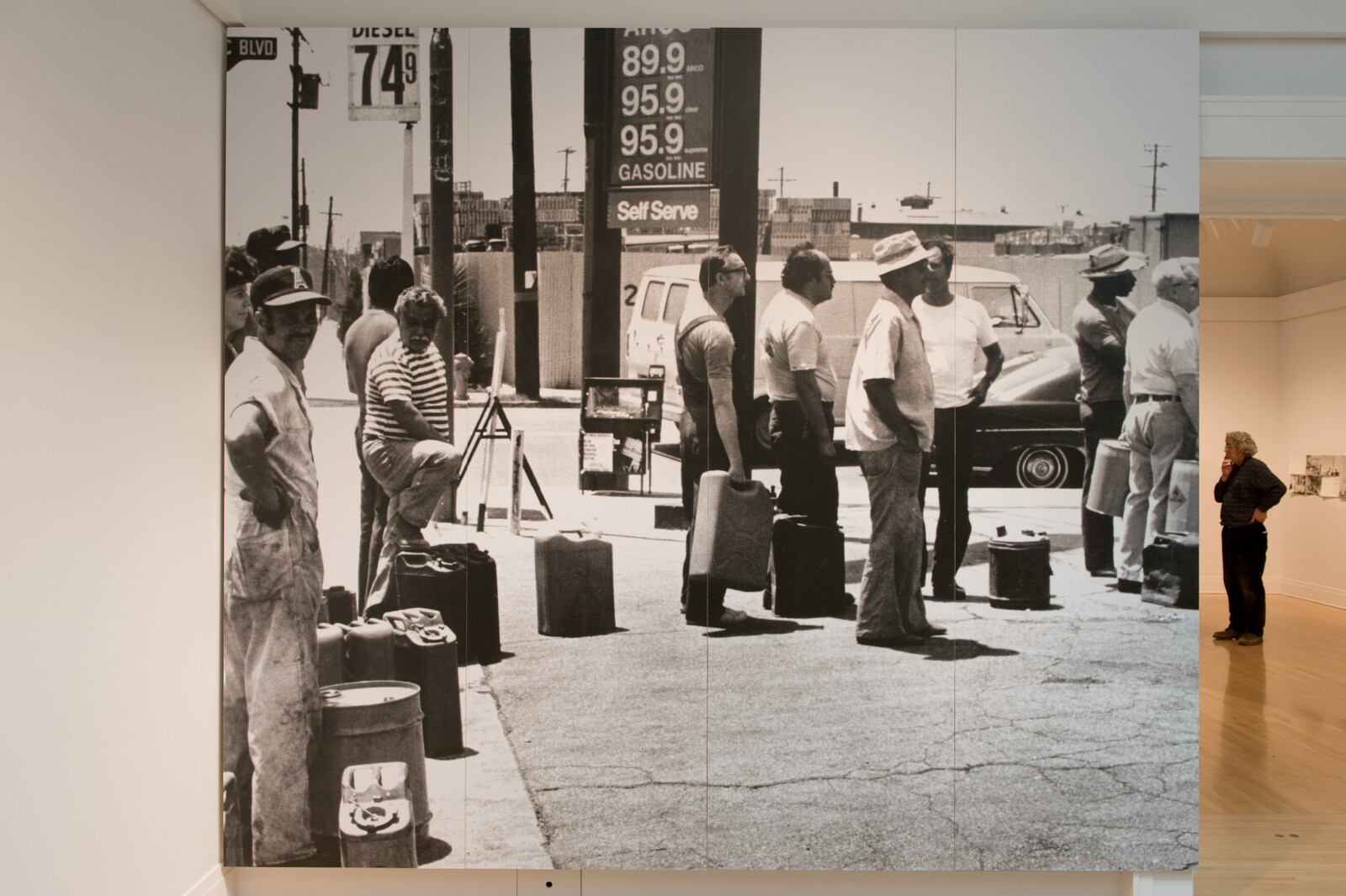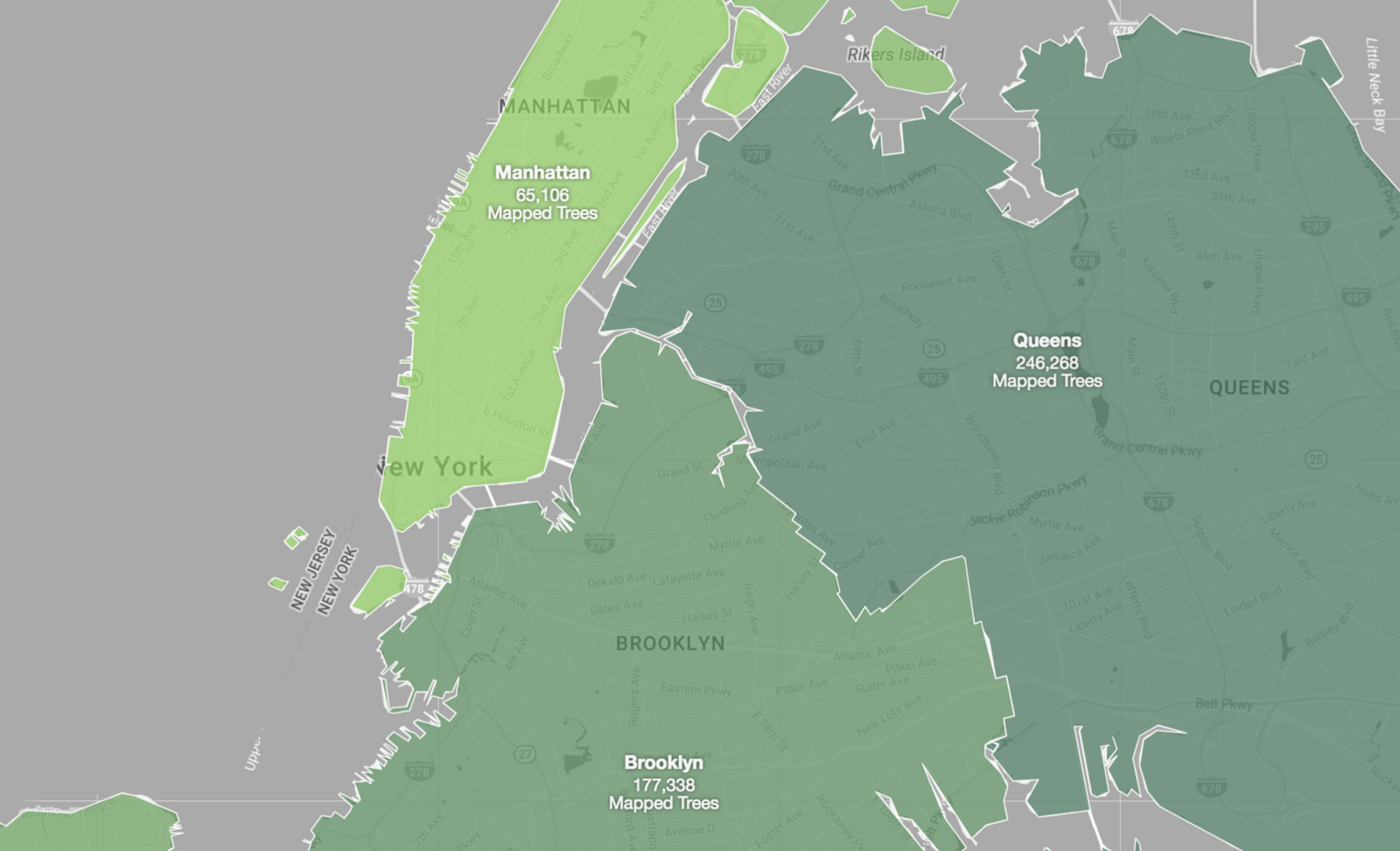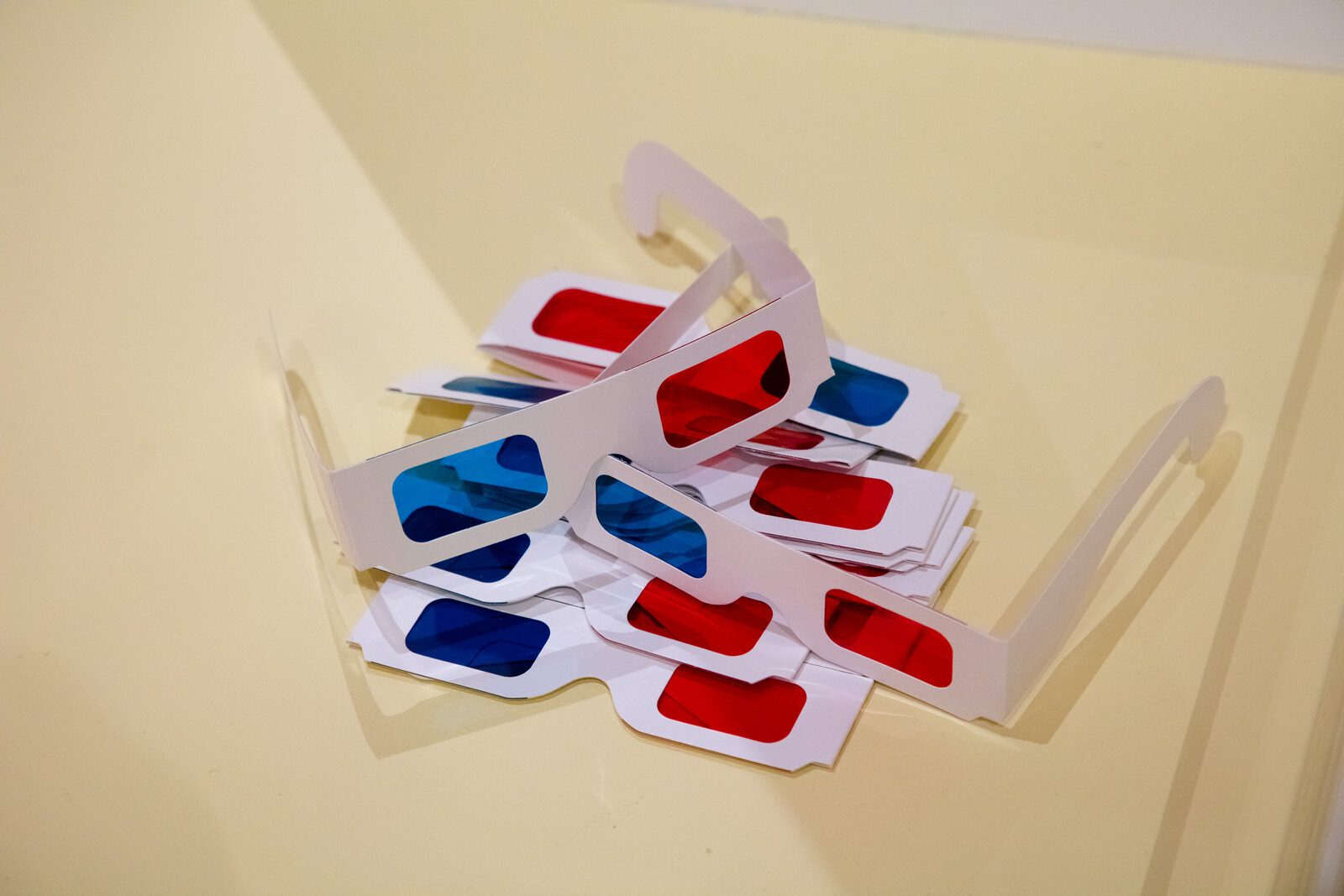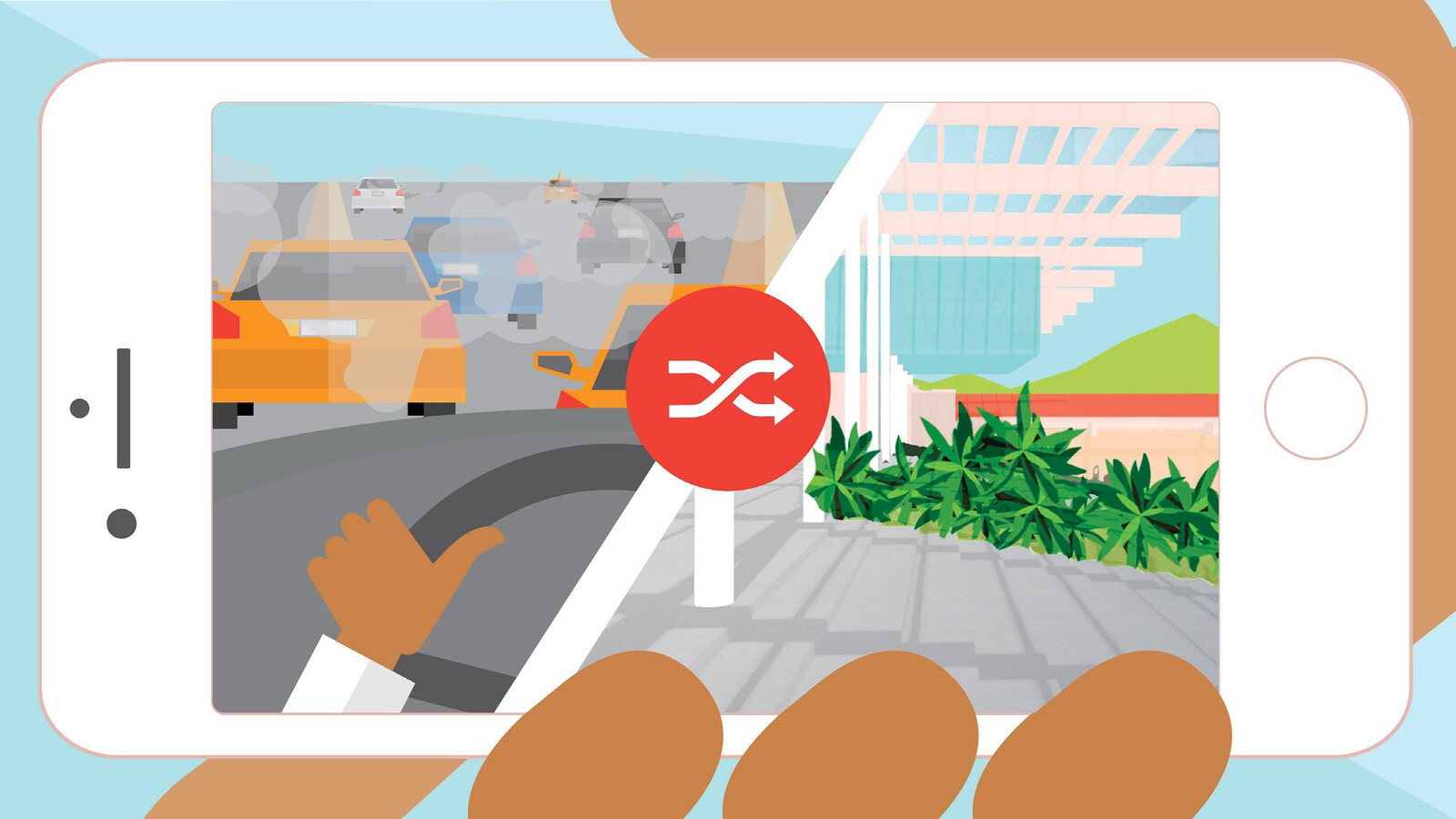Expanding the Self
On a February evening of 1969, Coop Himmelblau’s Astroballon was presented at Galerie nächst St. Stephan, an avant-garde gallery in the heart of Vienna.1 Documentation from the opening night performance shows a spherical shell of pliable, transparent PVC plastic strung from the ceiling, wires and tubes cascading. Inside the bubble is a woman, her face calm, her arms outstretched. Small light bulbs speckled across the semi-plump skin of the sphere flicker and blink, the shifting lights filtering through the crinkled plastic, enveloping her in a soft, blurry focus. She is centered and in the center—the bubble is built around her, for her. The performance of Astroballon was the demonstration of a device designed for introspection, meditation, and relaxation. A mindfulness machine, if you will, intended to help the user lower their heart rate by presenting it back to them in a new audible and visible form. Indeed, the light bulbs do not flicker at random, but to the rhythm of the user’s pumping heart, registered by a built-in stethoscope. By integrating medical technologies as part of their installation, Coop Himmelblau effectively turned architecture inwards, into the very interior of the user, at the same time that amplification technologies turned those interiors inside-out. Heartbeats were registered, broadcast, and externalized. The premise of this form of biofeedback was that once you became conscious of something—once you could see or hear or feel something, once it became perceptible—you could change it.
Coop Himmelblau’s early experiments with biofeedback are in many ways the prehistories of our now; of our obsessions with self-care, self-trackers, bio-devices, quantified selves, and the ways we use machines to better know our selves and to make our selves better. Health has increasingly become figured as the fundamental and undisputable goal that politics, society and life should be organized around.2 With the enormous rise of wellness and meditation apps for smartphones and devices such as Fitbit, our main project seems to have become our selves and our bodies. As psychological discourse and personal devices have narrowed our definition of “the self,” so has the field that we understand to be of our personal concern, responsibility, and agency.3 Our personal devices, laced with biofeedback-based biotechnologies, are telling us to turn inwards, towards our own bodies, as the world staggers beyond its own limits and towards ecological collapse.
Wellness and self-care can be empowering and even revolutionary practices. That said, because the site of “care” so often ends at the frontier of our skin, self-care practices can also narrow our horizon of responsibility, identification, and agency. Precisely because of its indebtedness to an atomistic understanding of the human psyche and physiology, the very concept of wellness that we are operating with today needs to be interrogated and challenged. One way of doing this is to expand the very “self” we refer to with “self-care.” Three of Coop Himmelblau’s early projects from 1969–1971, Astroballoon, Airbox, and Relab allow one to understand how the interrelationship between design, technology, self, and the environment can be figured, and question the viability and recuperability of these models in a contemporary context. The larger question at stake here is exactly how we can get to a broader understanding of our selves as part of a larger environment. If we are able to collectively and systematically dismiss and ignore the ecological crisis, perhaps the boundaries of our selves, the site from which we act, are drawn up too tight. How then, do we move beyond our bodies and ourselves? And how can design help us do so?
What was once architectural in scale is today figured in bits and bytes. As Gilles Deleuze once suggested in his theorization of “control societies,” networked technologies have today replaced the discrete architectural structures of disciplinary power.4 As wellness apps and other self-tracking technologies become increasingly ubiquitous, personalized, and intimate, so does the power they yield over us and the ways we engage with the world. But this ubiquity also makes them an ideal site for inventing and proposing more radical models. These technologies, the infrastructures for which are already in place, can be reshaped as tools to promote a more inclusive notion of health that goes beyond individual and atomized bodies. And while the solution to the environmental crisis cannot be solved on an individual basis, the individual is where the expansion of the self must begin. The expansive, cybernetic and performative model proposed by Astroballoon suggests a set of alternate routes and paths that not only offer alternatives to current neoliberal appropriation of self-care practices, but, more importantly, towards more expansive notions of health.


Block diagram of a typical feedback system. Illustration from Elmer E. Green et al., “Feedback Technique for Deep Relaxation,” Psychophysiology 6, 3 (December 1969): 371-377.
Biofeedback and Visceral Learning
In the 1970s, new research showed that bodily functions which were previously thought to be autonomous could in fact be managed by a form of visceral or bodily conscious. Thus, on September 9, 1971, the British science weekly New Scientist reported: “Nudes help control blood pressure.” The case being referred to involved a research study by Dr. David Shapiro and colleagues at Harvard Medical School, in which a five-second look at Playboy centerfolds had been used as an incentive to train unsuspecting male student subjects from Boston College to alternately increase and decrease their body’s blood pressure.5 The students were outfitted with a blood pressure meter, connected to a feedback apparatus, and given directions to make “a light flash and a tone beep as often as possible,” upon which the coveted centerfold would be displayed.6 The light and tone appeared whenever the students reached the “correct” level, which meant higher blood pressure for one group and lower for the other. The students quickly figured out how to make the light blink, even though they had no idea that they were adjusting their blood pressure in order to do so.
Up until this point it was believed that humans could only learn how to control their musculoskeletal system. When tennis players train their coordination and balance through repeated and targeted practice, for example, hitting or missing the ball provide very specific feedback for learning, prompting them to repeat or modify specific movements. Visceral learning was very different: it did not involve any conscious mental processes and took place within parts of the body that do not necessarily receive the forms of external stimuli or feedback thought necessary.7 Machines, however, could correct that. Shapiro’s experiment was based on the research of Dr. Neal E. Miller, who had been one of the first scientists to propose that the autonomic nervous system was capable of learning in a similar manner as the somatic or voluntary nervous system. While initially controversial, by the late 1960s, Miller’s ideas were catching on.8 A new movement in psychology built around the training of autonomous or semi-autonomous functions through technological aid, soon to be named biofeedback, began forming. Groundbreaking studies from as early as the 1930s on the harmful effects of long-term environmental, physiological, and psychological stress on the human organism motivated much of the research into biofeedback, and “relaxation training” became a central component and goal of many biofeedback practices.
The central premise of biofeedback was that amplification through machines would allow people to engage with parts of their own bodies that would otherwise be perceptually inaccessible, and with this, gain a new form of body-awareness. Technologies such as electrocardiograms (the recording of heartbeats) and electroencephalograms (the recording of brain wave activity) helped make these bodily functions visible to the user. Experiments in the self-regulation of blood pressure, heart rate, muscle tension, and even brainwave activity seemed to offer treatment for everything from stress to migraines, epilepsy, and hypertension. Neurofeedback in particular, concerning the functions of the brain, seemed to hold great promise for anyone interested in altered states of consciousness. An elusive brainwave frequency called “alpha” had been detected in people in meditative states, and had, in an experiment with cats, caused the animals to “sit like sphinxes, staring out into space.”9 In its early days, biofeedback held the promise that the heart could be brought into conscious command and that the brain could be trained to produce specific wavelengths, unlocking creativity and relaxation. By turning inwards, into the murky waters of their own bodies, human beings were, or so it was believed, at the cusp of a new era of human self-knowledge, enlightenment, and health.
Like many of the practitioners of biofeedback, Coop Himmeblau were no strangers to the phenomena of stress. With the advent of new communication and information technologies as well as urbanization and densification, stress and sensory overstimulation were understood to be an increasingly common feature of modern life.10 Futurologist Alvin Toffler popularized the term “information overload” in his 1970 bestseller Future Shock, and Guerrilla video activist Michael Shamberg referred to the 1960s as nothing less than “a Pearl Harbor of the senses.”11 In the words of Coop Himmelblau member Wolf Prix himself: “We could see that this time was going to be very hectic. We didn’t know that this was only the beginning of burn-out culture.”12

Coop Himmelblau, Astroballoon, Galerie Stampa, Basel, 1972. Courtesy of Coop Himmelb(l)au Archives.

Coop Himmelblau, Astroballoon, Galerie Stampa, Basel, 1972. Courtesy of Coop Himmelb(l)au Archives.

Coop Himmeblau, Airbox, Institute of Environmental Health, Vienna, 1970. Image from Salzburger Nachrichten, September 4, 1970. Courtesy of Coop Himmelb(l)au Archives.

Coop Himmeblau, Relab, Institute of Environmental Health, Vienna, 1971. As published in Manfred Haider, “Umwelteinflüsse Im Wohnbereich,” Wohnbauforschung in Österreich, Heft 1/2 (1972): 1-7. Courtesy of Thomas Haider.
Coop Himmelblau, Astroballoon, Galerie Stampa, Basel, 1972. Courtesy of Coop Himmelb(l)au Archives.
From Balloon to Bubble
Coop Himmelblau had early on sought to experiment with ways of creating architecture that would not only be attuned to the individual body of the user, but to the user’s interior life as well. For Astroballon, Coop Himmelblau used equipment purchased from a local medical supply store to register and amplify the user’s heartbeat. Similar to contemporaneous experiments in biofeedback on relaxation, the group envisioned the installation as an apparatus for “meditation” and “psycho-physical relaxation.”13 Not only would the device produce biofeedback for the user to self-adjust, but the actual environment and aesthetical experience of Astroballon was designed to contribute to a feeling of relaxation in itself. These effects could also extend to potential onlookers, who would be exposed to the gradually calming heartbeat through different light patterns and allow them to synchronize and slow down their own heart rhythm. The transparency of the PVC material used for the balloon enabled a visual relationship between user and the environment, and the shifting lights established a connection between bodily interior and external surroundings. Relaxation and wellness were thus figured as a cybernetic and expansive activity that extended beyond any singular body, encompassing a social and architectural situation.
Another figure keenly concerned with environmental stress was the Austrian doctor Manfred Haider, who had returned to Vienna in the latter half of the 1960s after several years researching human attention at the Brain Research Institute at UCLA.14 With the historical election of Austria’s socialist government in 1970, more funds were allocated to the sciences and arts, and inspired by his experiences in Los Angeles, Haider managed to secure funding for a new research institute at the University of Vienna: the Institute of Environmental Health.15 The list of issues that Dr. Haider wanted to address was long; contemporary city dwellers did not only suffer under sound and air pollution, but also under the larger psychological effects of densification, urbanization, technologization, and mechanization.16
Hearing about the Institute, Coop Himmelblau contacted Dr. Haider in 1970 with a plan to test some ideas that had motivated Astroballoon, which had primarily been intended as a performance-piece, in a laboratory setting. Dr. Haider agreed to collaborate with the young architects, making it possible for Coop Himmelblau to scientifically “assess the impact of artistic environmental influences on man’s physical, mental and social well-being.”17 The idea that there could be specific environments conducive to relaxation led Haider and Coop Himmelblau to construct and test prototypes for personal meditation rooms. They imagined that, perhaps, inflatable or “pop-up” relaxation rooms could soon become an everyday feature of people’s apartments.18


Illustration of progressive relaxion of the legs by successively tensing and relaxing muscles. Source: Edmund Jacobson, You Must Relax, 5th ed. (New York: McGraw-Hill, 1976).
Even though Coop Himmelblau’s experiments with Dr. Haider at the Institute of Environmental Health used electroencephalography to measure the test subject’s brainwaves and measure their alpha-wave frequency, they were not based on biofeedback per se, but rather on a manual relaxation technique developed in the 1930s called “progressive relaxation.”19 Moving successively through the entire body, the user would identify and isolate distinct muscle groups, tensing and then relaxing them, while paying attention to the varying sensations. Eventually, the user would not only become more relaxed, but also more mindful of their body and any unconsciously held tension. The full procedure lasted around fifty minutes and took place inside of one of two specially designed inflatable constructions: the Relab sphere or the Airbox cylinder.
The inflatables, both of which had been designed with a wide enough girth to comfortably fit one person, were made out of white translucent plastic, which filtered light but did not allow for visual access. Thus, Relab would provide a secluded and protective space for the user to relax, intended to shield and distance them from the immediate environment without making them feel enclosed or claustrophobic. The solution proposed by Relab to protect the integrity and health of the body and self in response to environmental stress and overstimulation was thus quite literally to retreat into one’s own personal bubble. The explicitness of this is not to be overlooked: the experiments concluded that the spherical bubble shape of Relab was more relaxing than the cylindrical shape of Airbox.20


Companies such as Heart Math offers personal stress relief devices and bluetooth accessories that use heart monitoring and real-time biofeedback to help the user regulate their heart rate. The Inner Balance sensor attaches to your earlobe and will notify you through an accompanying app whenever your heart rate spikes. As testified by a reviewer in Oprah magazine: “I attached the sensor to my ear while at the office… Three minutes later my anxiety had dissipated, leaving me feeling more energized than frantic.” Source: Heart Math.
From Mind-Body to Self-Environment
While interest in biofeedback began to wane by the mid-1970s, today the practice seems to be experiencing a second wind. As medical technologies and instruments for measurement have become lighter, cheaper, and smaller, they have also become integrated into the phones, watches, jewelry, and earplugs we equip ourselves daily with. Nearly ubiquitous, they measure and process our walking speed, caloric burn, heart rate, sleeping patterns, and blood pressure into information. Journalist and entrepreneur Gary Wolf has even turned this “data-driven life” into a career.21 In a symptomatic TED talk on “The Quantified Self,” he argues that strategies for self-measurement are ultimately for the purpose of self-knowledge: “The self is just our operation center, our consciousness, our moral compass. So if we want to act more effectively in the world we have to get to know ourselves better.”22 In other words, we need to turn inwards before doing anything else.
“Effectively” is, of course, the key word here, and highlights one of the crucial differences between the majority of the discourse on biofeedback from the 1960s and today’s discourse on self-trackers, where mindfulness and productivity always go hand in hand. Improvements to health, mood, and bodily condition are framed as beneficial within a neoliberal framework, where wellness is not necessarily good in and of itself, but rather good because it will make you more productive. Media headlines such as “How Googlers Avoid Burnout (And Secretly Boost Creativity)” crassly reveal the ways in which mindfulness has been reframed as a way to avoid catastrophe rather than to cultivate a holistic mind-body relationship.23
Regimes of optimization and accountability aside, all this focus on the self, the body, and the optimization of its habits, functions, and modes of relaxation has yet another dimension. Psychologists and self-help books tell us that change begins from within; that there is some form of transformative knowledge to be found in the minutia of our insides; that the individual is the primary unit for change. But as we increasingly turn our attention inwards—chartering, discovering, and inventing ever more territories of our own bodies to be measured, disciplined, optimized, and obsessed over—the “natural” and polluted environments that envelop, condition, and make up these very bodies slide, ever so slowly and imperceptibly, beyond the horizon of our attention. They cease to be sensible to a self that draws its boundaries tighter and tighter against the surface of its own epidermis. This atomizing understanding of humans seems only to intensify as our personal devices individuate us even further, through our fingerprints, our voices, and now, our faces.24 We need to question whether the self that personal technologies, health apps, and trackers cater to and reproduces is defensible as the sole unit through which self-care is understood and administered.
Many environmental changes such as global warming exist in a timeframe and scale that are difficult to recognize by our senses alone, even harder still to internalize into existing conceptions of selfhood. However, in the same way that biofeedback once made the minutiae of our insides perceptible through technological aid, the personal wellness and self-tracking technology of today poses a possibility to once again expand our understanding of the self. Take Apple’s Health app, for example, which comes pre-installed on all iPhones, and which purports to offer the personal possession of health. Fundamentally conservative in its approach, the app effectively reduces the notion of health to a simple four-partite scheme of “activity,” “sleep,” “nutrition,” and “mindfulness,” catering exclusively to individual bodies and phone owners.25 What would the Health app look like if it were not based on the psychological unit of the self or the closed circuit of the body in biofeedback, but on a more expansive model of the relationship between self and environment? Something more akin to what political theorist Jane Bennett have called “a knotted world of vibrant matter”? In this model, all bodies, both animate and inanimate, human and non-human, are understood to be “inextricably enmeshed in a network of relations,” with no hard limit between subject and object, animate and inanimate.26 Such modes of thinking can help to refigure an understanding of our selves and our domains of action and responsibility, as well as challenge the way we think about design and the “who” or “what” it is for. As Bennett notes, “in a knotted world of vibrant matter, to harm one section of the web may very well be to harm oneself.”27
When Astroballoon was conceived, some of the issues presented by the personal technologies and bio trackers of today were already being grappled with. There is no reason to believe, for instance, that environmental stress is going to diminish, both on our own organism and the larger environment. Isolationist models of self-care will continue to proliferate, as will myriad versions of the personal bubble, albeit not always with as literal forms as Relab. And although such inwards-turning self-care practices can serve an important role, they ultimately must be supplemented by more radical models. When it was first presented, Astroballon did not only render visible a more holistic self where body and mind were deeply interconnected, it also gestured towards an unmeshing of the firm borders between inside and outside, body and building, self and environment. And while Astroballoon did not provide the radical reformatting of limits required for a truly ecological consciousness, it complicated the binary relationships that we rely on in order to isolate and individuate self-care practices. Our technologies of the self need to be redesigned to support a self that is thoroughly enmeshed with the world around it, alongside self-care practices that can expand beyond individual bodies. If connecting mind and body was necessary for securing individual health in the late twentieth century, connecting self and environment is what is needed for humanity’s survival in, and beyond the twenty-first.
This essay comes out of my current dissertation research on the early work of Coop Himmelblau. I would like to thank Wolf Prix, Marina Jovanovic, Thomas Haider, and Michael Kundi, as well as my colleagues Benjamin Murphy, Nick Risteen, Addison Godel, and Eva Schreiner for conversations and feedback. Wolf Prix, Michael Holzer and Helmut Swiczinsky originally called themselves Bau-Cooperative Himmelblau when they founded the group in 1968, but were also referred to as simply “Himmelblau” until 1970, when they are more consistently referred to as Coop. Himmelblau, Coop-Himmelblau, or Coop Himmelblau. Michael Holzer left the group in 1971. The firm was later renamed Coop Himmelb(l)au, which is the name that the office operates under today. Helmut Swiczinsky retired in 2001 and Dieter Dreibholz joined as partner in 2000. Wolf Prix and partner today run the office. Since I am dealing with the historical group and not the contemporary office I use the denomination Coop Himmelblau.
This argument has been made in different iterations in Michael Hardt and Antonio Negri, Empire (Cambridge, Mass.; London: Harvard University Press, 2000); Paul Rabinow and Nikolas Rose, “Biopower Today,” BioSocieties 1, no. 2 (June 2006): 195–217; Nikolas S. Rose, Politics of Life Itself Biomedicine, Power, and Subjectivity in the Twenty-First Century (Princeton, NJ: Princeton University Press, 2007).
Ole Jacob Madsen, Optimizing the Self: Social Representations of Self-Help (Hove, East Sussex: Routledge, 2015).
Gilles Deleuze, “Postscript on Control Societies,” in Negotiations, 1972-1990 (New York: Columbia University Press, 1995), 179–83.
Grahan Chedd, “Mental Medicine: Self-Help for Your Insides?,” New Scientist and Science Journal, September 9, 1971, 563.
David Shapiro et al., “Effects of Feedback and Reinforcement on the Control of Human Systolic Blood Pressure,” Science 163, no. 3867 (February 7, 1969): 588–90.
Jonas Gerald, “Profiles: Visceral Learning: Neal E. Miller,” New Yorker, August 19, 1972, 34.
“Neal E. Miller Is Dead at 92; Studied Brain and Behavior,” New York Times, 2002; Gerald, “Profiles.”
Neal E. Miller, “Learning of Visceral and Glandular Responses,” Science 163, no. 3866 (January 31, 1969): 442.
Anne Harrington, “Chapter 4: Broken by Modern Life,” in The Cure Within: A History of Mind-Body Medicine (New York: W.W. Norton and Company, 2008), 139–74.
Michael Shamberg and Raindance Corporation, Guerrilla Television (New York; Chicago; San Francisco: Holt, Rinehart and Winston, 1971), 1.
Wolf Prix, Interview, January 31, 2017, Vienna.
Wolf Prix, Michael Holzer, and Helmut Swiczinsky, “Coop.Himmelblau Zur Ausstellung in Basel, Galerie Stampa Und ‘offener Saal’, Kunsthalle,” Kunst Nachrichten 7, no. 10 (June 1971).
Manfred Haider, Paul Spong, and Donald B. Lindsley, “Attention, Vigilance, and Cortical Evoked-Potentials in Humans,” Science 145, no. 3628 (July 10, 1964): 180–82; Manfred Haider and Donald B. Lindsley, “Microvibrations in Man and Dolphin,” Science 146, no. 3648 (November 27, 1964): 1181–83; Manfred Haider, Paul Spong, and Donald B. Lindsley, “Selective Attentiveness and Cortical Evoked Responses to Visual and Auditory Stimuli,” Science 148, no. 3668 (April 16, 1965): 395–97.
Thomas Haider, Interview, Vienna, September 3, 2017.
Manfred Haider, “Umwelteinflüsse Im Wohnbereich,” Wohnbauforschung in Österreich, no. Heft 1/2 (1972): 1.
Prix, Holzer, and Swiczinsky, “Coop.Himmelblau Zur Ausstellung in Basel, Galerie Stampa Und ‘offener Saal’, Kunsthalle.”
Haider, “Umwelteinflüsse Im Wohnbereich,” 6.
Edmund Jacobson, Progressive Relaxation (Chicago Illinois: The University of Chicago Press, 1938).
Haider, “Umwelteinflüsse Im Wohnbereich,” 6.
Gary Wolf, “The Quantified Self,” The New York Times, February 5, 2010, ➝.
Gary Wolf, “Gary Wolf: The Quantified Self,” TED, video, June 2010, ➝.
Rad Stulberg and Steve Magness, “How Googlers Avoid Burnout (And Secretly Boost Creativity),” Wired, June 11, 2017.
Clare Garvie, “Facial recognition is here. The iPhone X is just the beginning,” The Guardian, September 13, 2017, ➝.
Apple, “A bold way to look at your health,” ➝.
Jane Bennett, Vibrant Matter: A Political Ecology of Things (Durham, N.C.: Duke University Press, 2010), 13.
Ibid., 13.
Positions is an independent initiative of e-flux Architecture.
Positions is an initiative of e-flux Architecture.


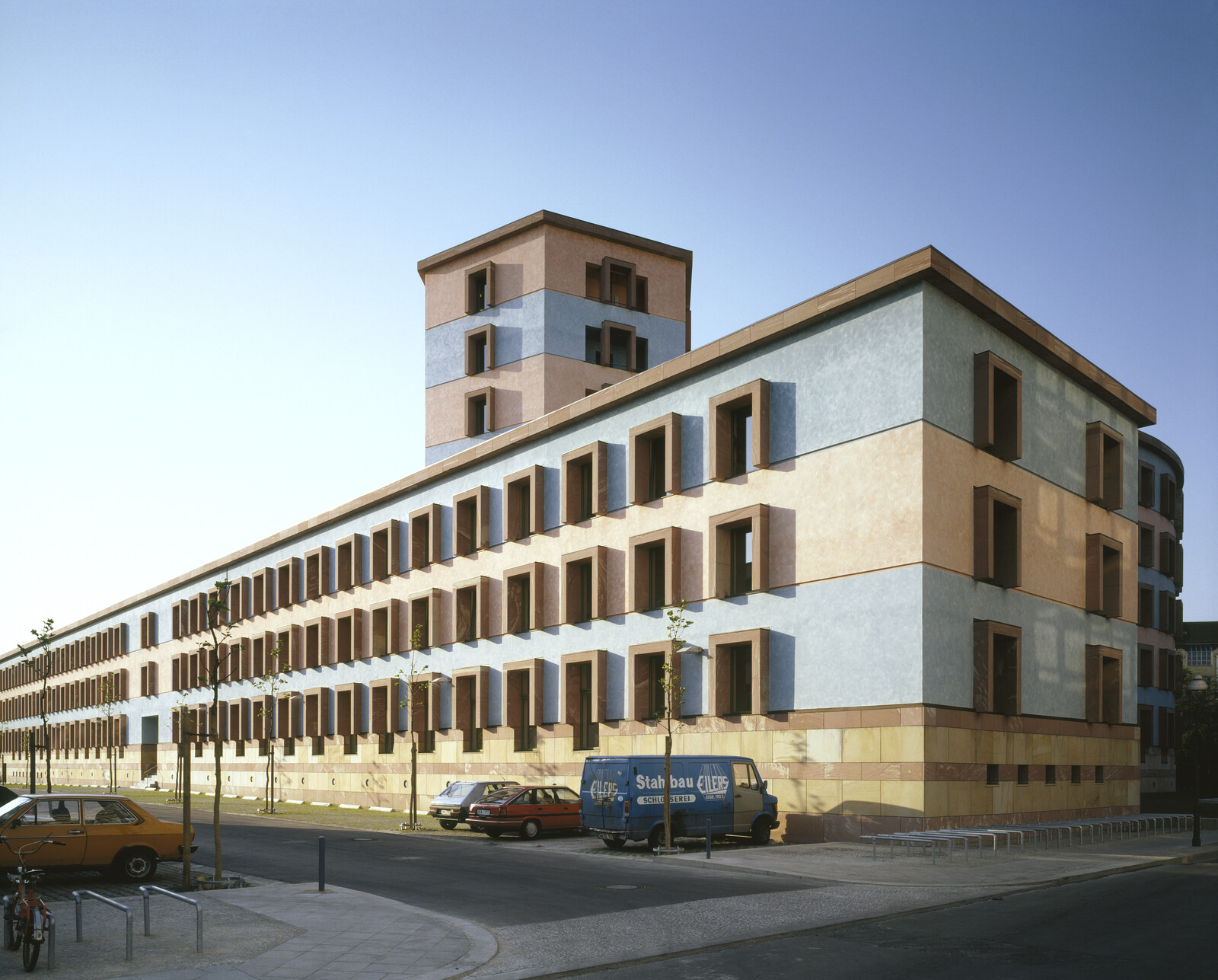


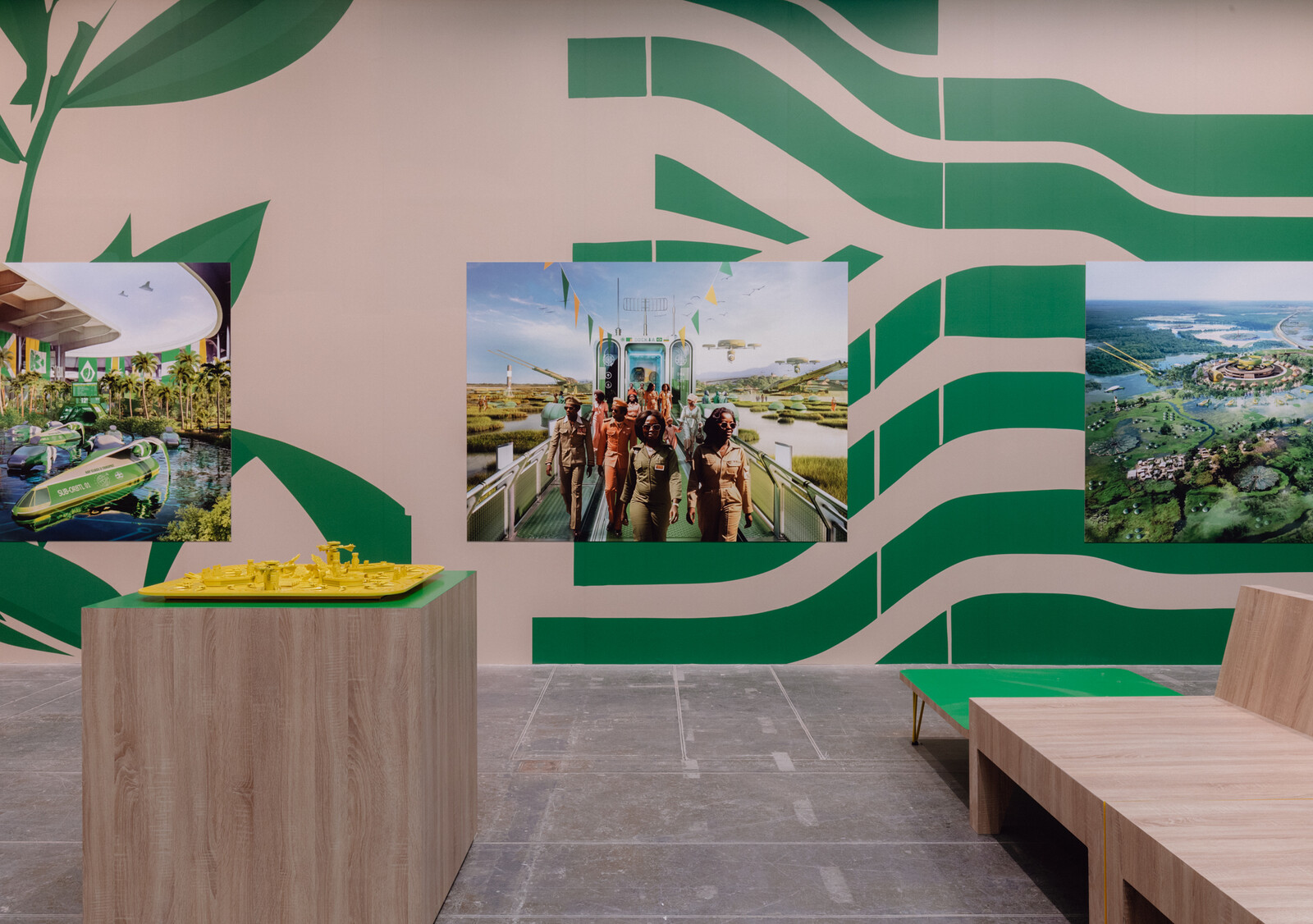




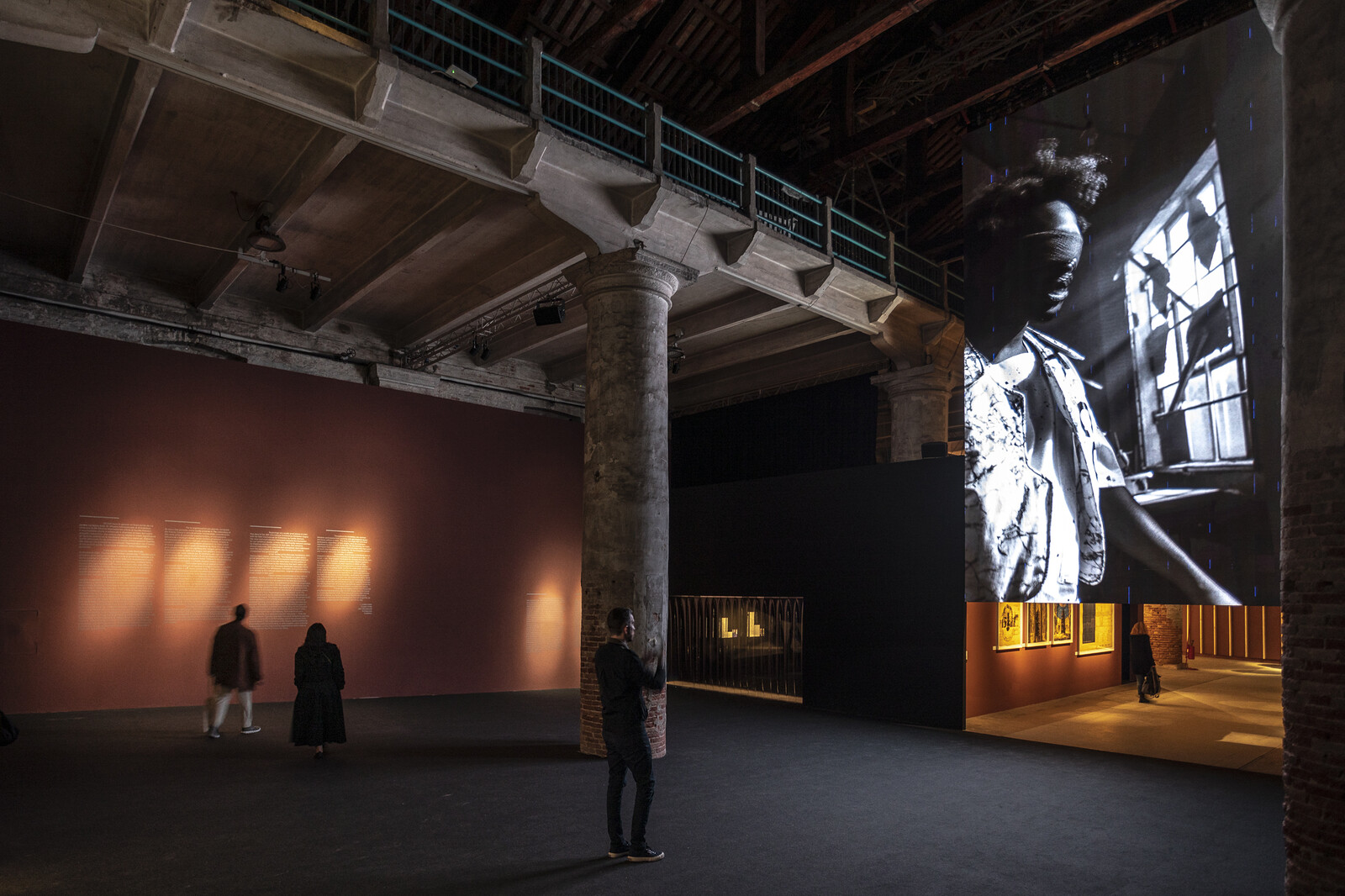







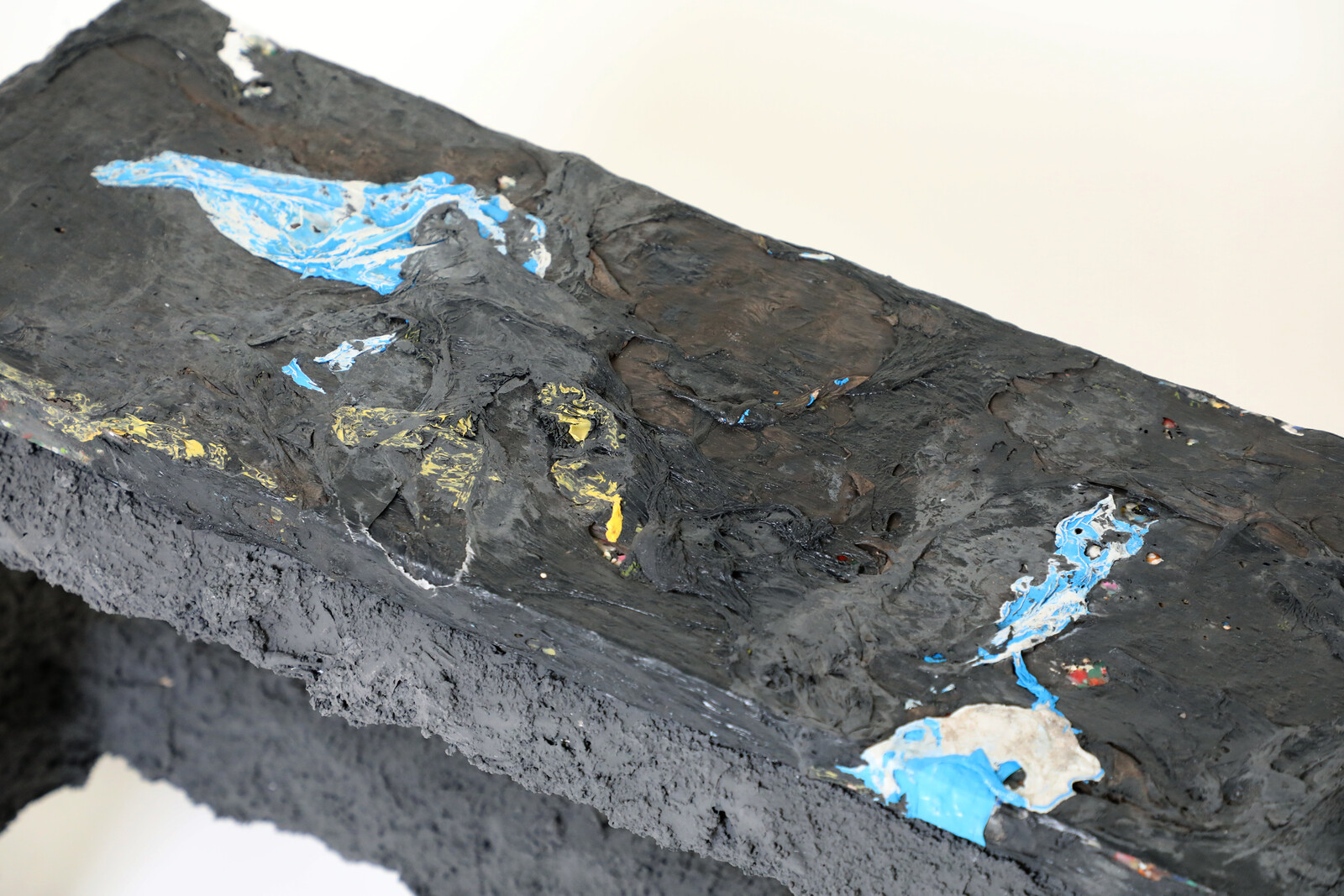





(2014).jpg,1600)











,-2003,-srgb.jpg,1600)





